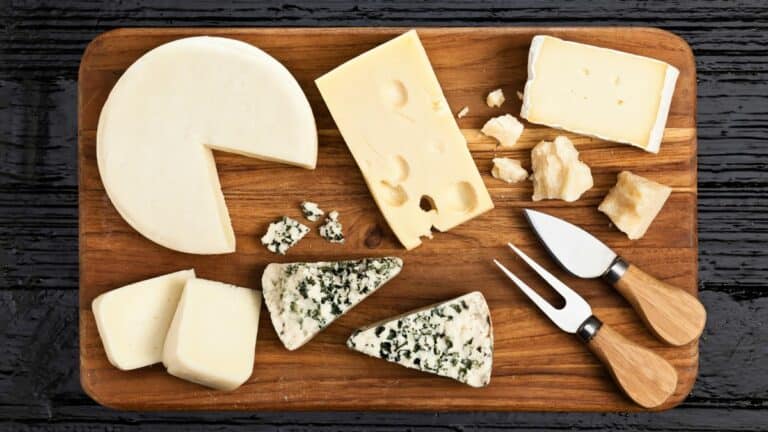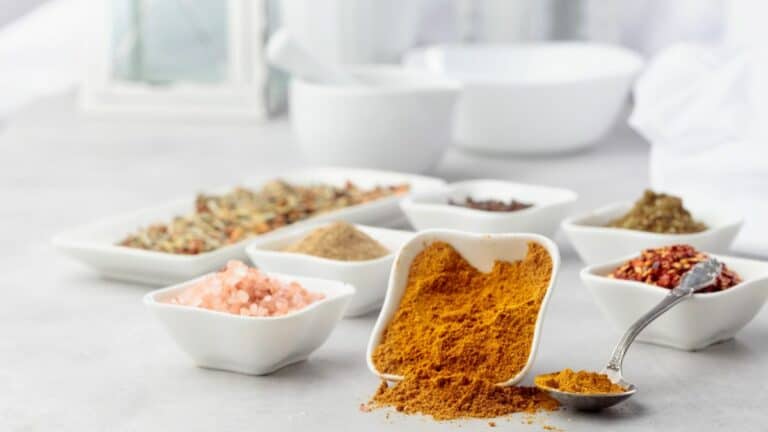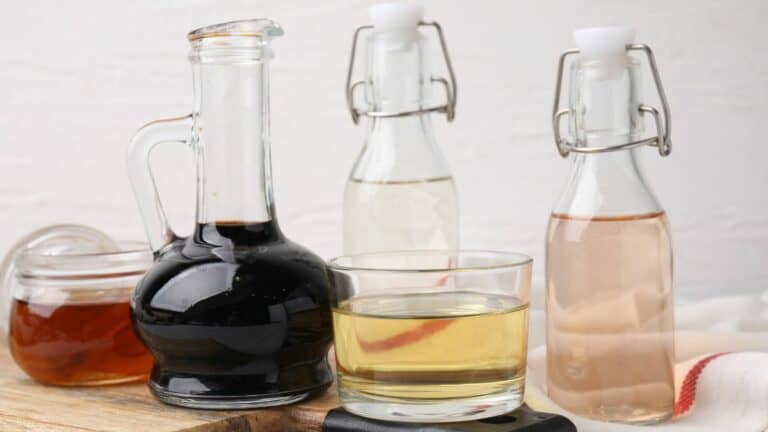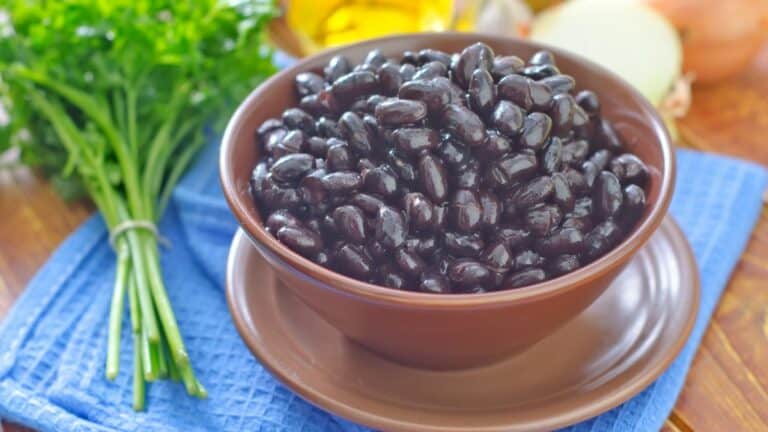18 Delicious Probiotic Rich Foods to Enjoy Every Day
Add a burst of flavor to your meals with 18 probiotic-rich foods that bring a delightful variety to your kitchen. From tangy fermented favorites to crunchy, savory treats, these foods are sure to enhance your dining experience and contribute to a happy gut. Dive into our selection and discover new favorites to enjoy at every meal!
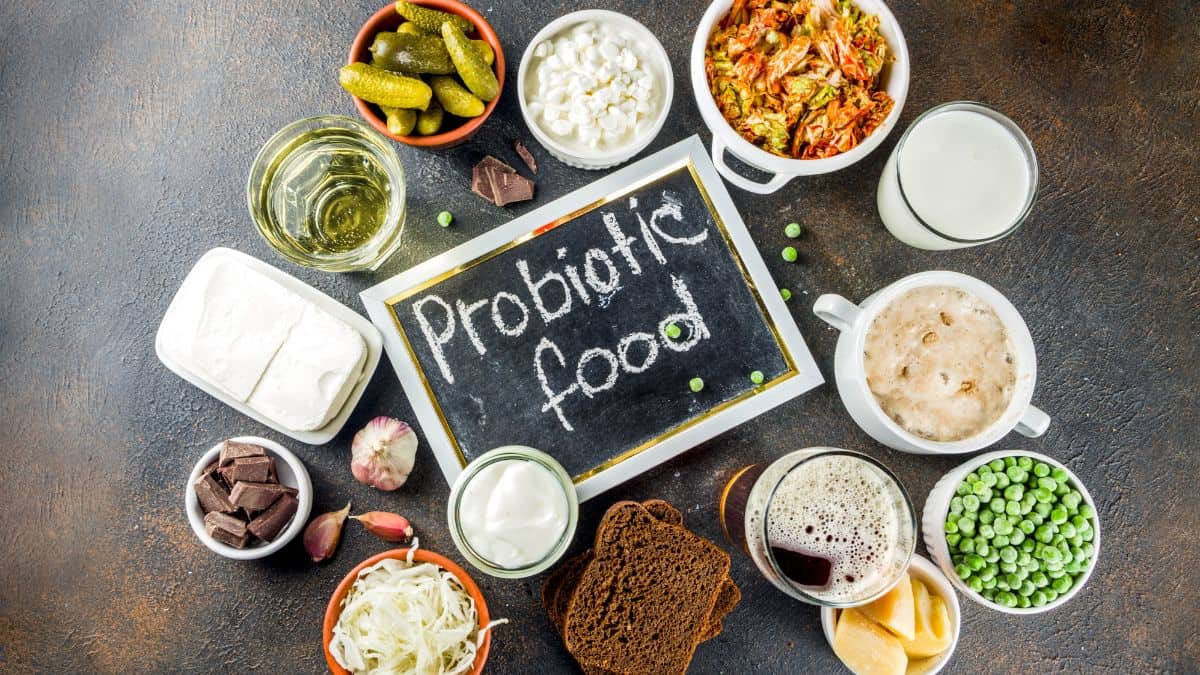
Yogurt
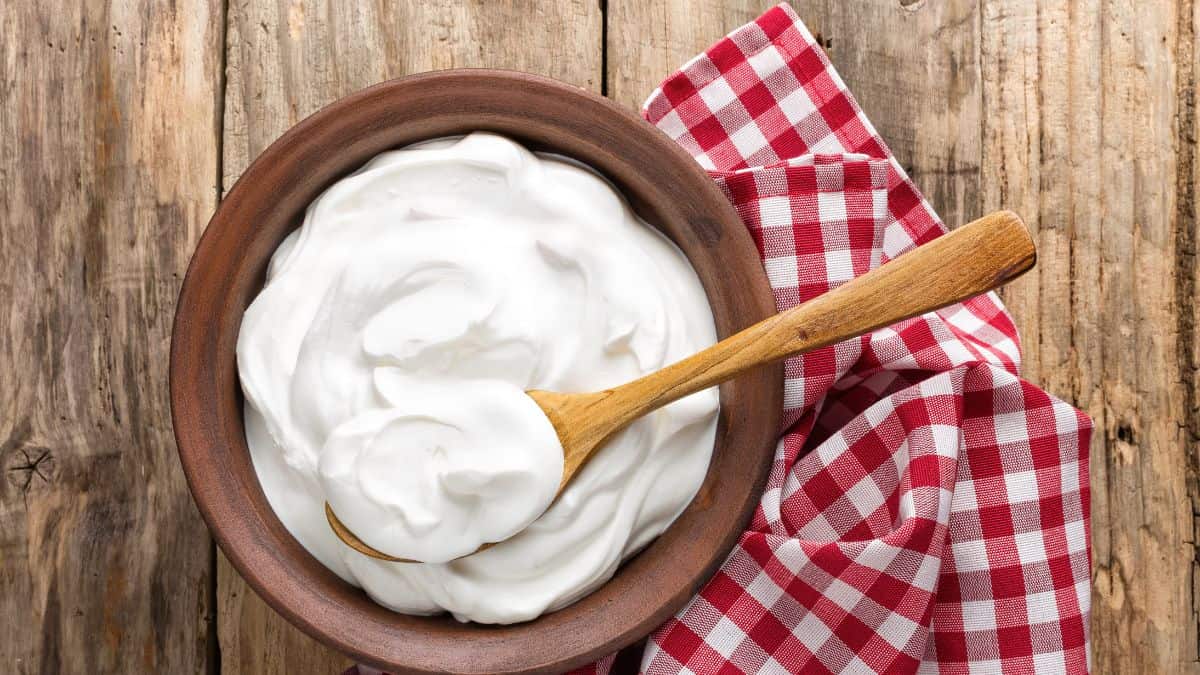
Yogurt is one of the most well-known sources of probiotics. Made by fermenting milk with friendly bacteria, it’s a tasty way to boost your gut. Add yogurt to smoothies and breakfast bowls, or enjoy it on its own with some fresh fruit and honey.
Kefir
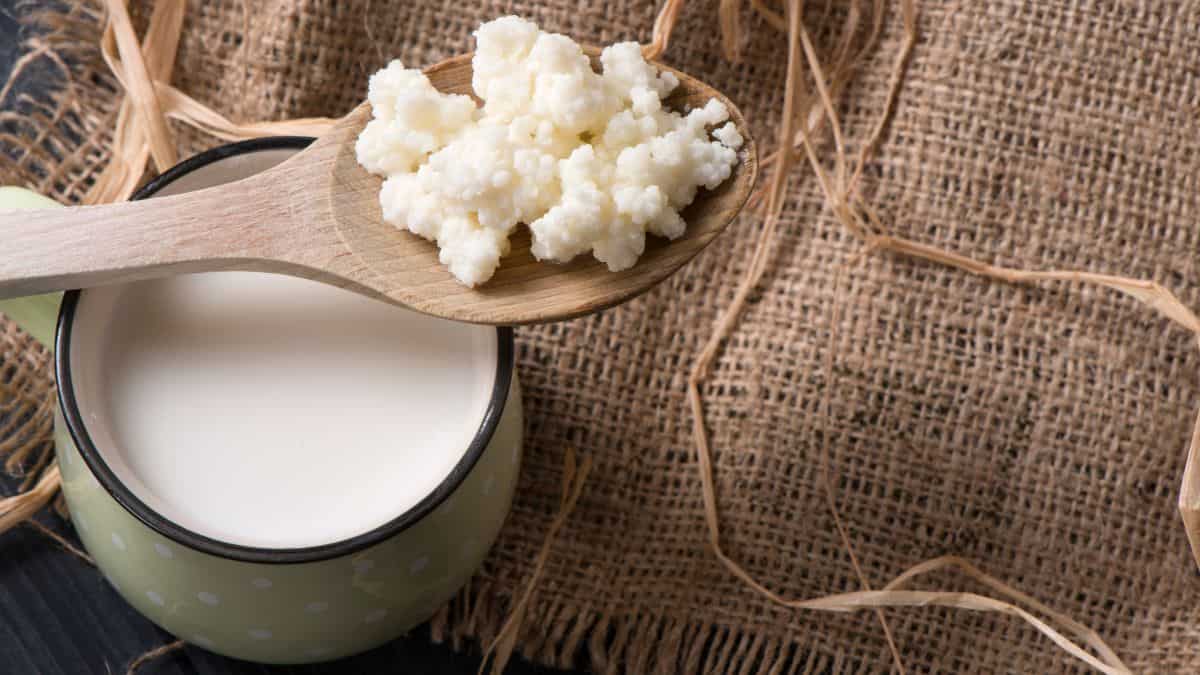
Kefir is a fermented dairy product similar to yogurt but with a thinner consistency and a more diverse set of probiotics. It’s made using kefir grains, which are a mix of bacteria and yeast. Drink it straight or mix it into smoothies for a tangy, probiotic-packed snack.
Sauerkraut
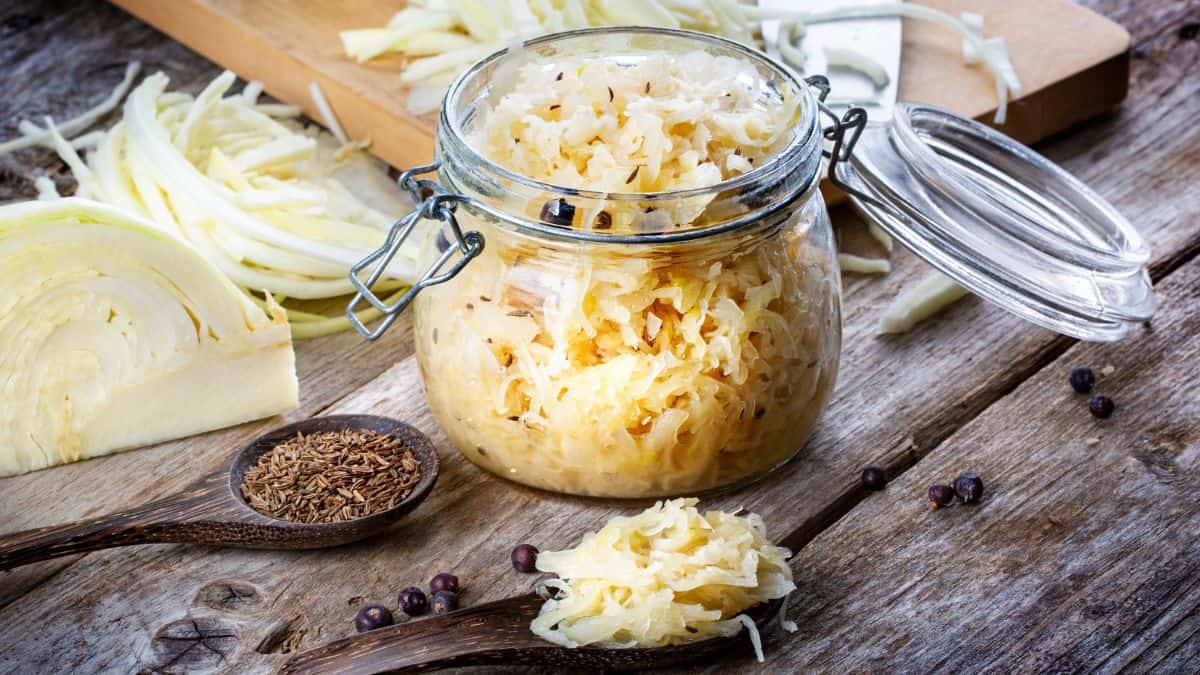
Sauerkraut, made from fermented cabbage, is a tangy, crunchy condiment that is loaded with probiotics. Add sauerkraut to sandwiches, salads, or as a side dish to any meal.
Kimchi
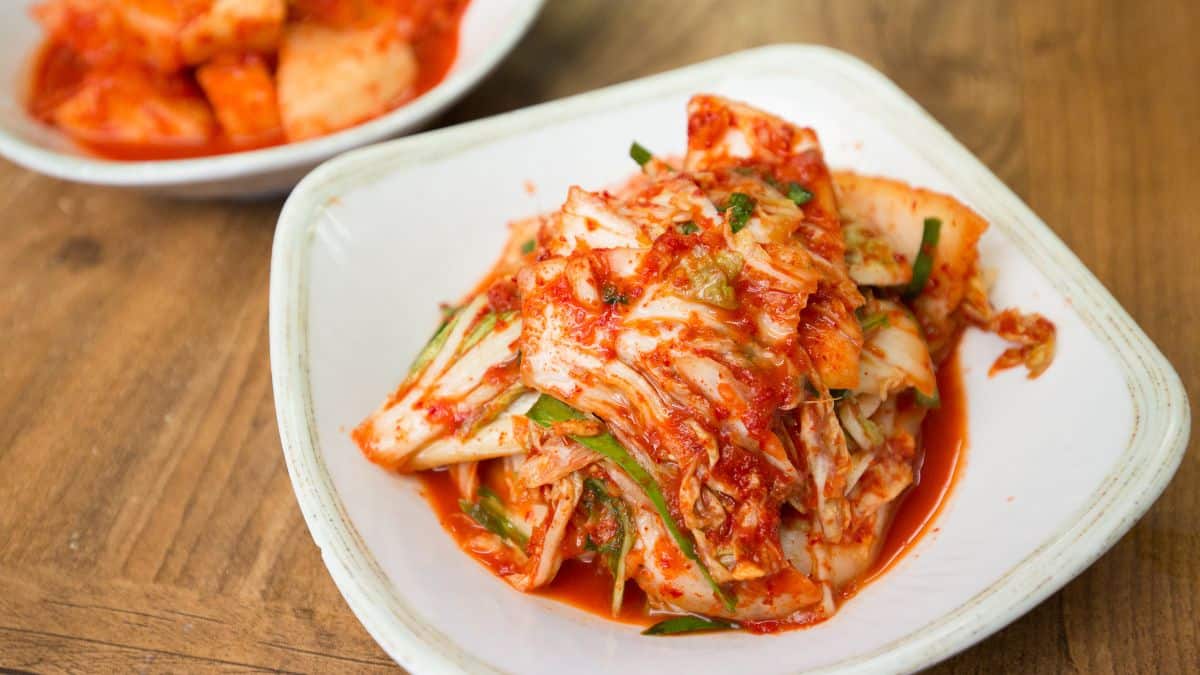
Kimchi is a spicy fermented cabbage dish from Korea that is packed with probiotics. Use it as a side dish, in stir-fries, or on top of rice bowls for a flavorful boost of gut-friendly bacteria.
Miso
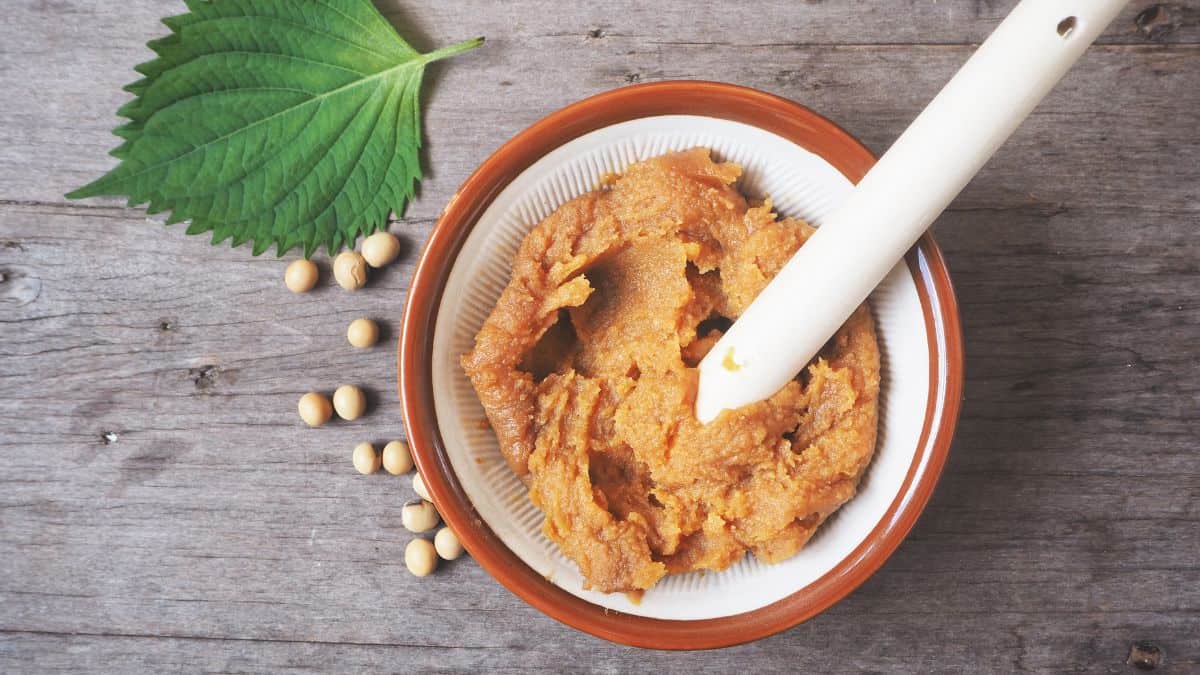
Miso is a Japanese fermented paste made from soybeans, barley, or rice. It’s a staple in Japanese cuisine and a great source of probiotics. A simple bowl of miso soup is a comforting way to enjoy this probiotic food, but you can also add it to salad dressings, marinades, or sauces for a savory kick.
Tempeh
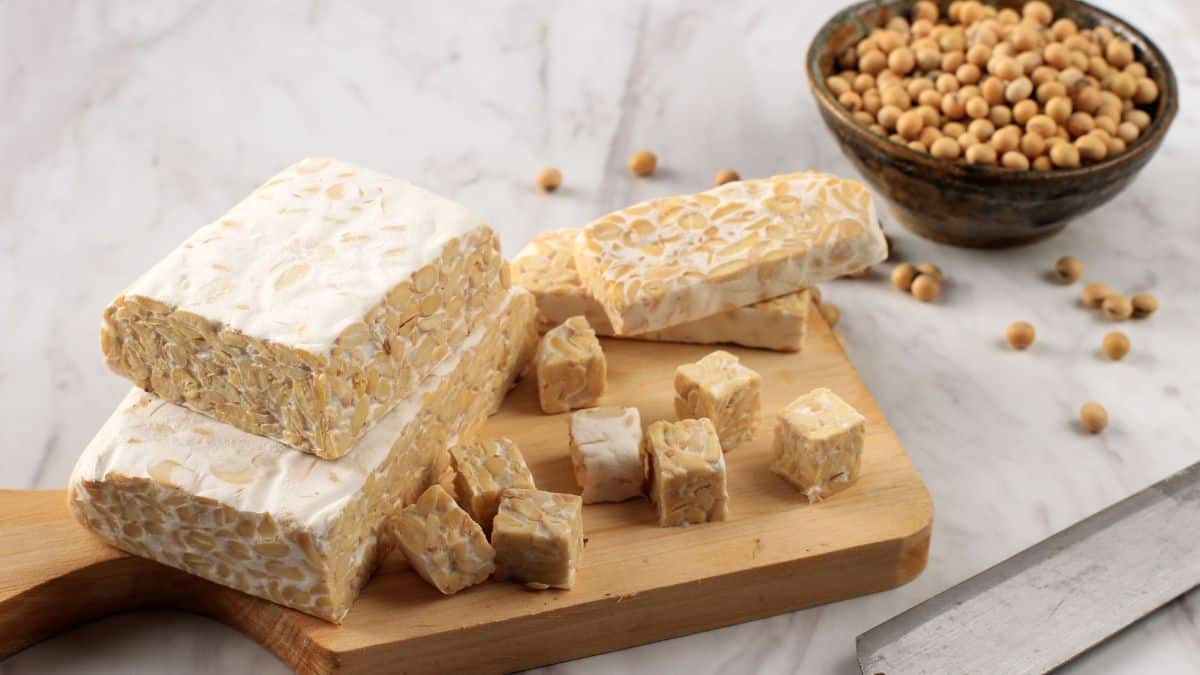
Tempeh is a fermented soybean product that originates from Indonesia. It has a firm texture and a nutty, earthy flavor. Grill it, stir-fry it, or crumble it into salads for a protein-packed, probiotic-rich meal.
Kombucha
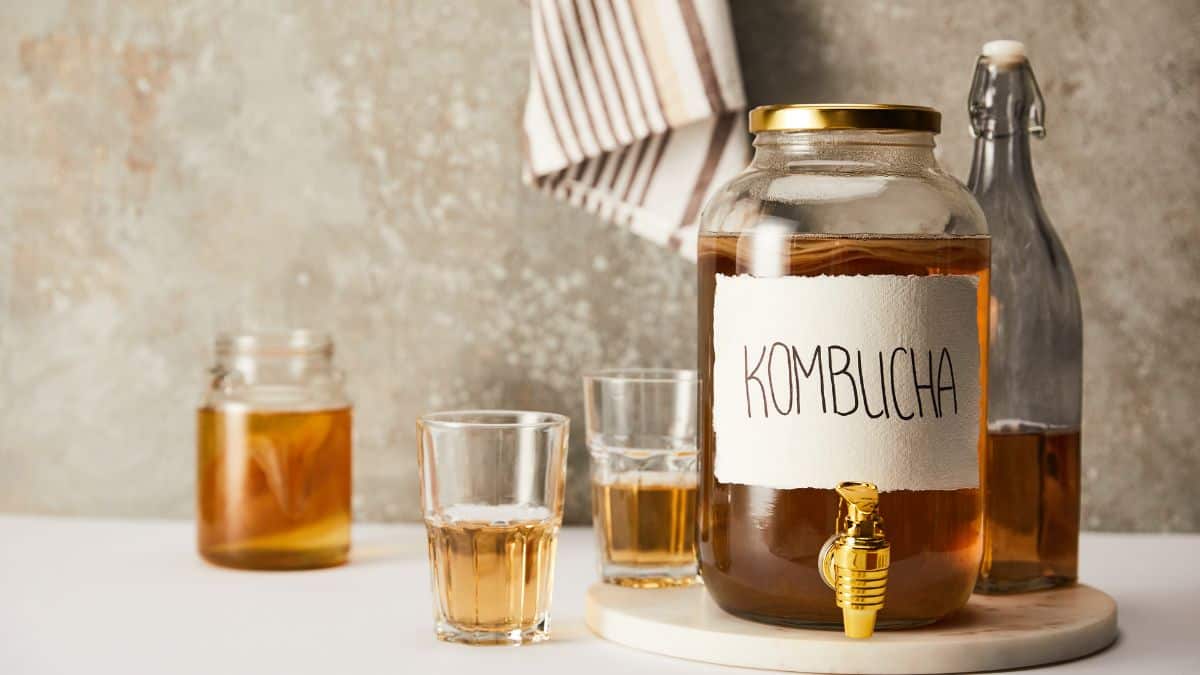
Kombucha is a fermented tea beverage made with a symbiotic culture of bacteria and yeast. It’s lightly effervescent, making it refreshing and probiotic-rich. Sip it as an alternative to soda or mix it with fruit juices for a tangy, gut-friendly beverage.
Fermented Pickles
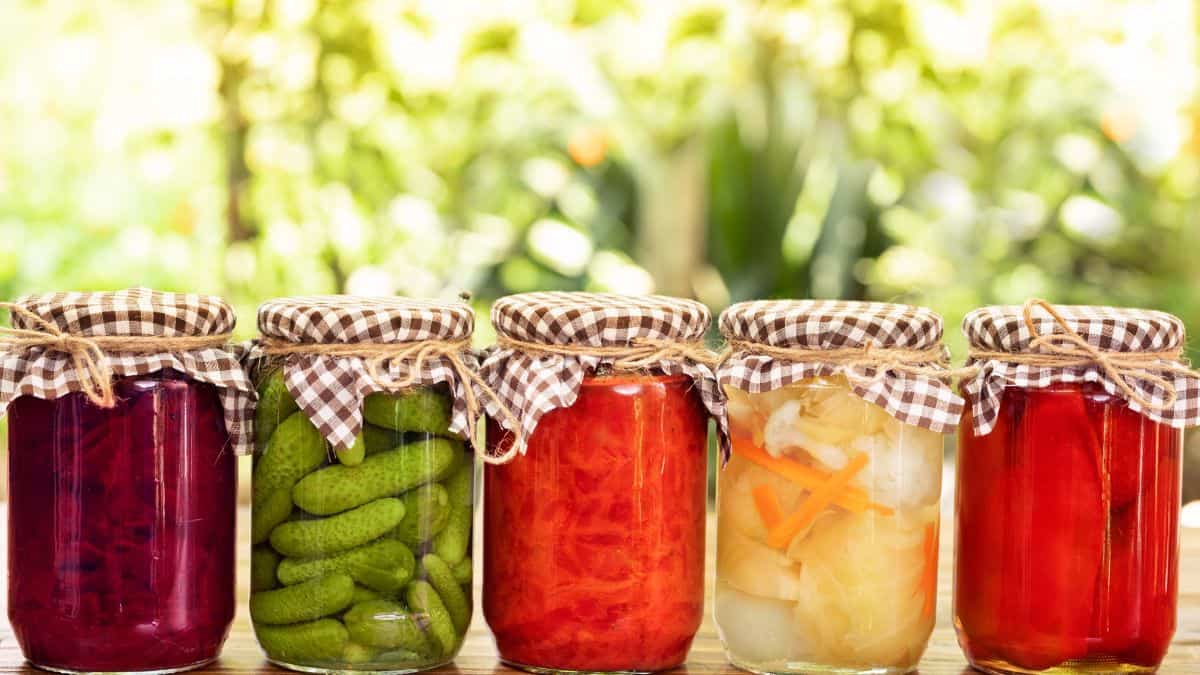
Fermented pickles are vegetables preserved in a brine of water and salt, allowing naturally occurring lactic acid bacteria to work their magic. These probiotics aren’t found in vinegar-based pickles, so look for labels specifying fermentation. Snack on them or use them to add a crunchy tang to sandwiches and salads.
Natto
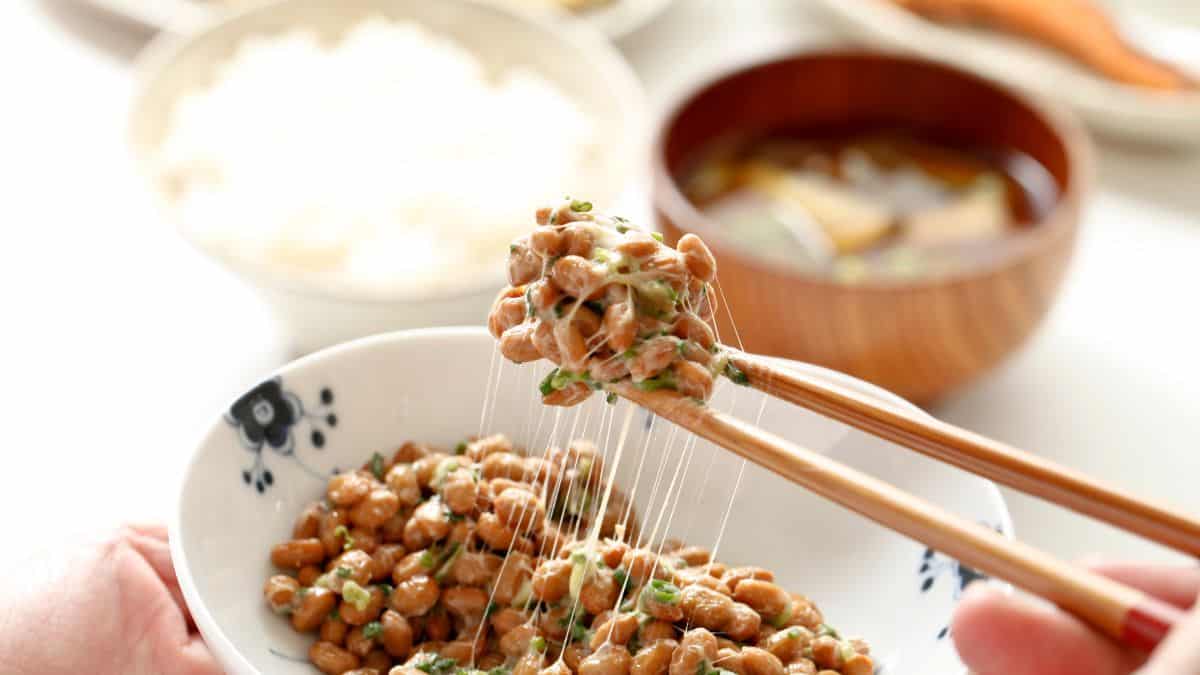
Natto is a traditional Japanese food made from fermented soybeans. Its distinct flavor and sticky texture might be an acquired taste. Serve natto with rice, green onions, and soy sauce for a savory breakfast or snack.
Sourdough Bread
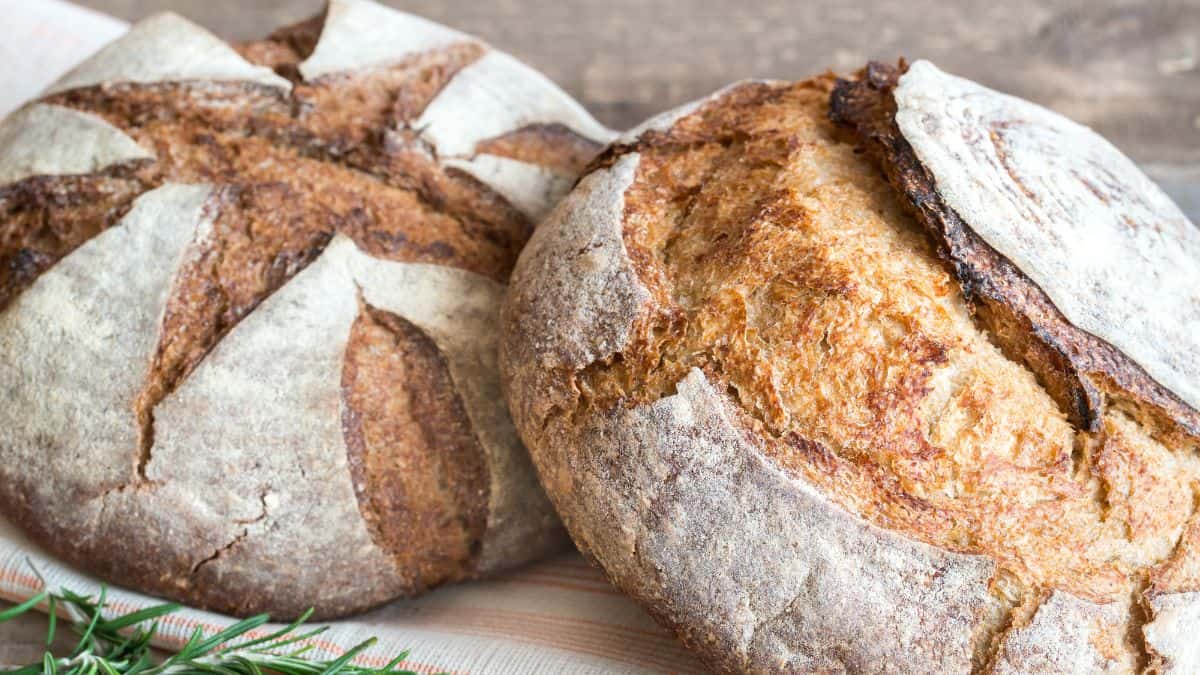
Sourdough bread is made using naturally occurring wild yeasts and bacteria instead of commercial baker’s yeast. While baking destroys most of the probiotics, the fermentation process can help break down gluten. Enjoy it as toast, sandwiches, or paired with soups.
Dosa
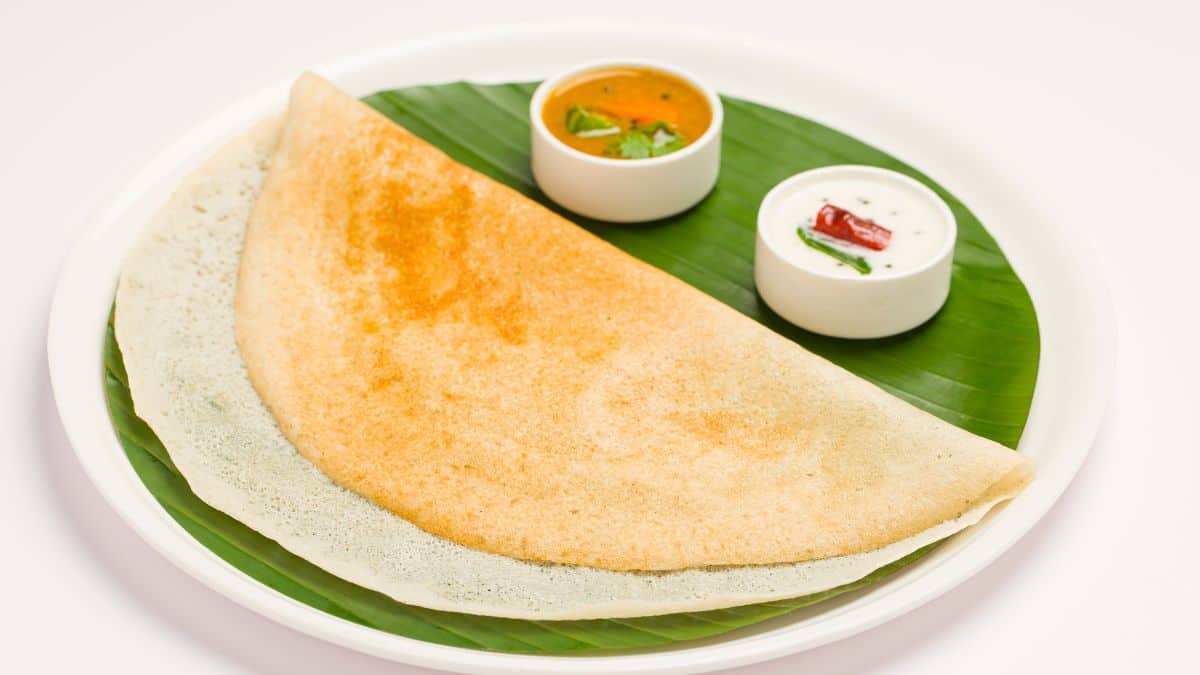
Dosa is a fermented South Indian pancake made from a blend of rice and urad dal (split black gram). The fermentation process introduces beneficial bacteria into the batter. Serve dosa with a variety of chutneys and sambar for a traditional and probiotic-rich meal.
Idli
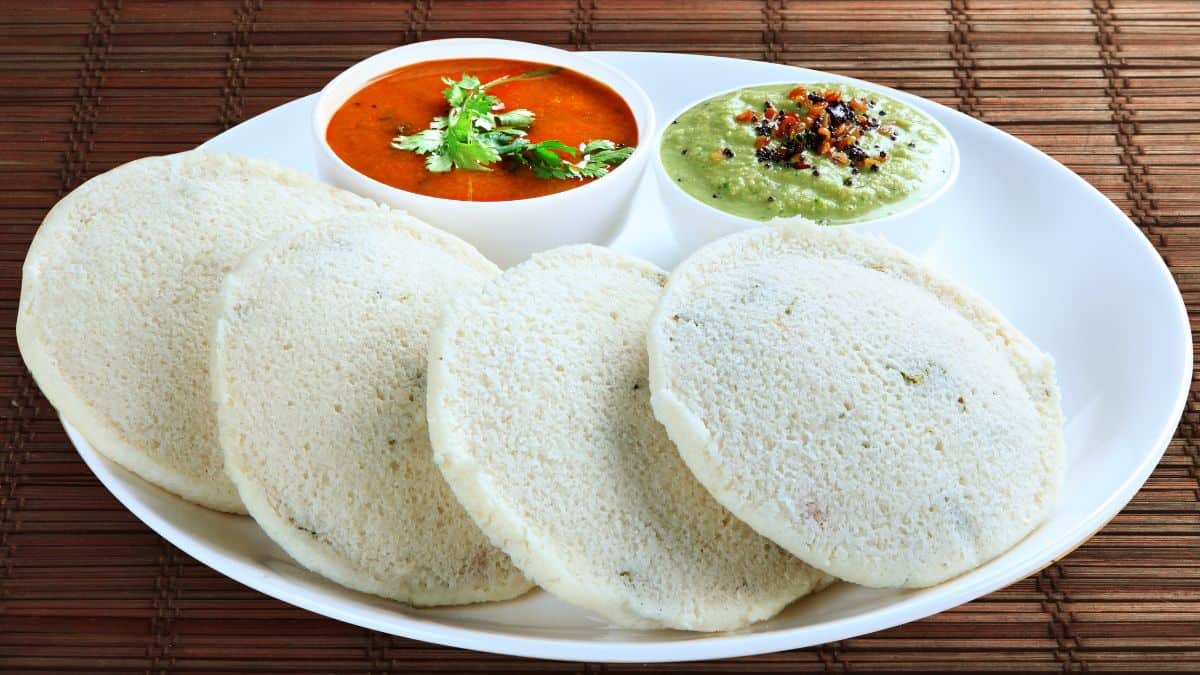
Idli are steamed cakes made from a fermented batter of rice and urad dal. The fermentation process makes idli light while providing a boost of probiotics. Pair idli with coconut chutney and sambar for a gut-friendly breakfast or snack.
Traditional Buttermilk
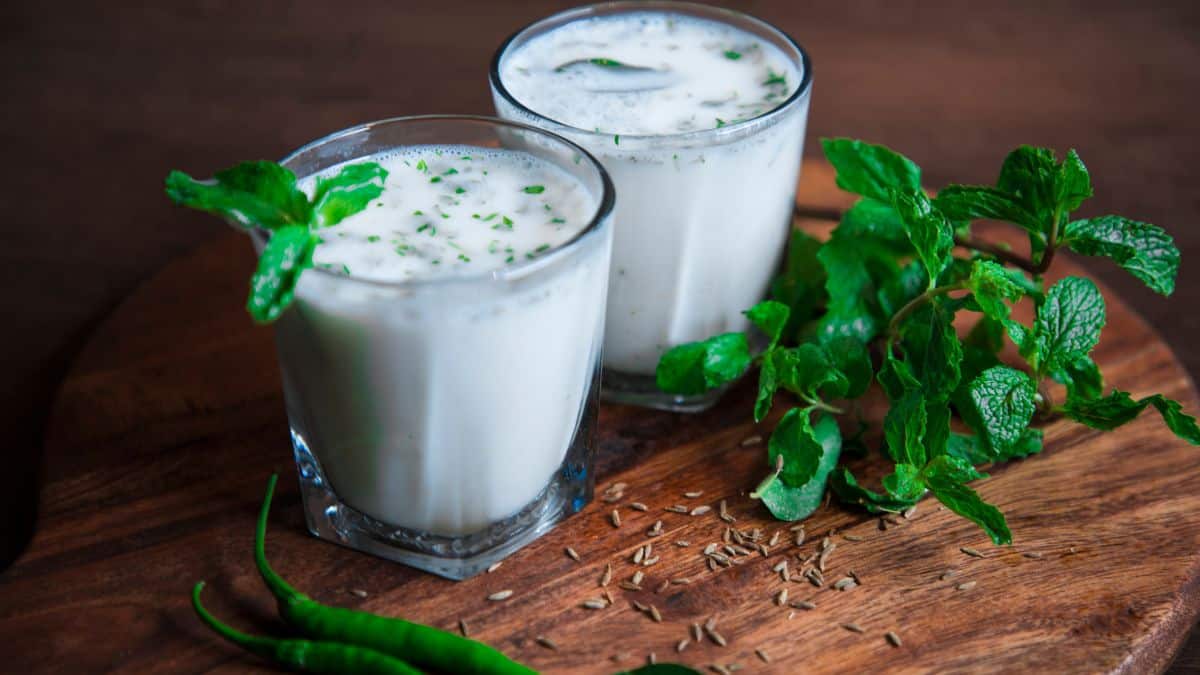
Traditional buttermilk is a byproduct of churning butter. It contains live cultures that contribute to a happy gut. It’s a refreshing drink on its own or can be used in cooking and baking.
Kvass

Kvass is a traditional fermented beverage made from bread, often enjoyed in Eastern Europe. Its slightly sour flavor adds a unique twist to your drink options.
Gochujang
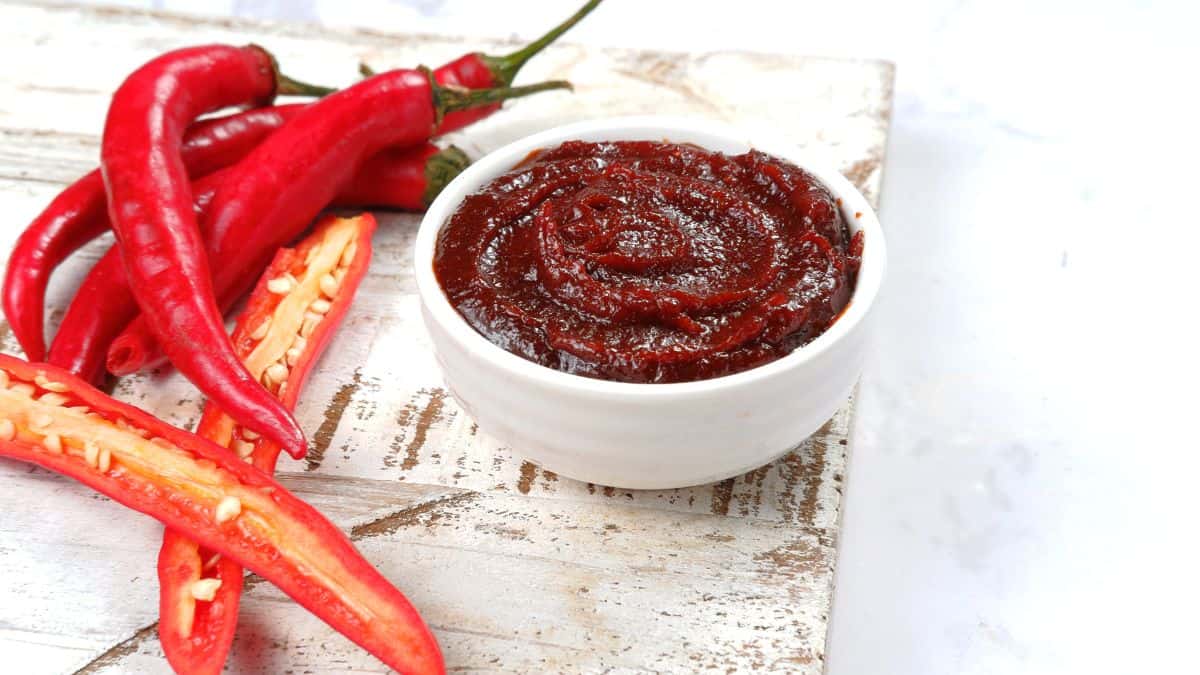
Gochujang is a Korean fermented chili paste that adds a spicy kick to dishes. Its fermentation process imparts a rich, umami flavor that can enhance soups, stews, and marinades.
Fish Sauce

Fish sauce is a fermented condiment used in many Southeast Asian cuisines. It adds depth and umami to dishes like curries, stir-fries, and dressings.
Apple Cider Vinegar
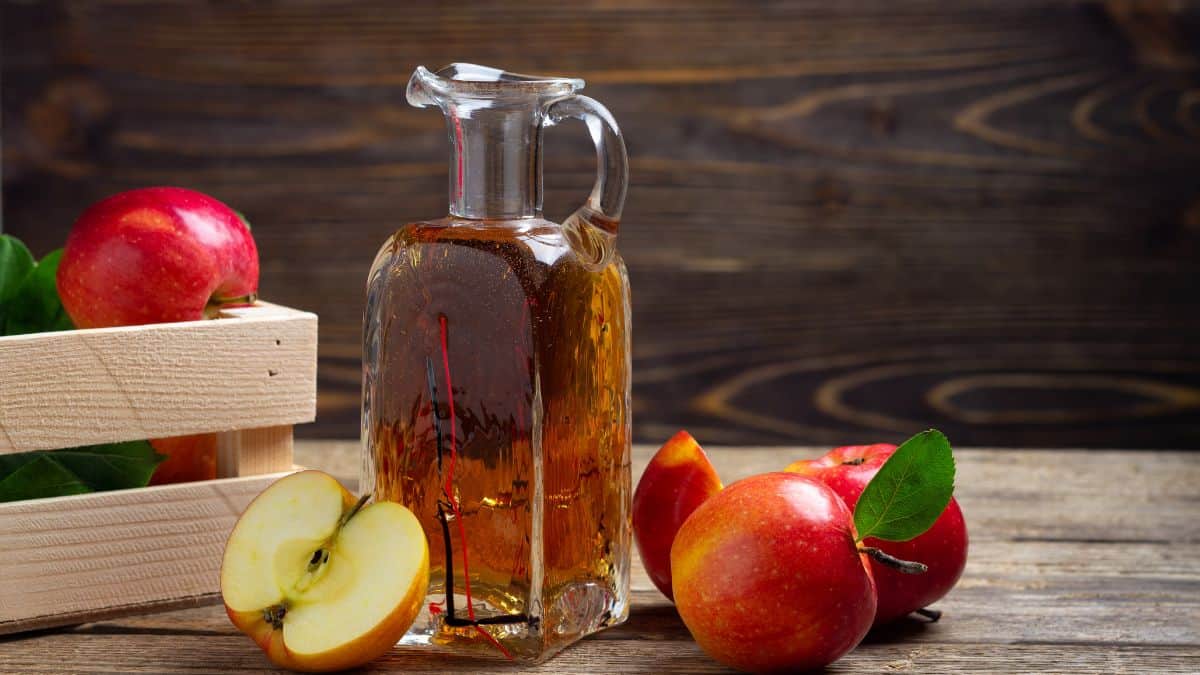
Apple cider vinegar, particularly the raw and unfiltered kind, contains beneficial bacteria and yeast from the fermentation process. It’s a versatile ingredient for dressings, marinades, and health shots.
Aged and Soft Cheese
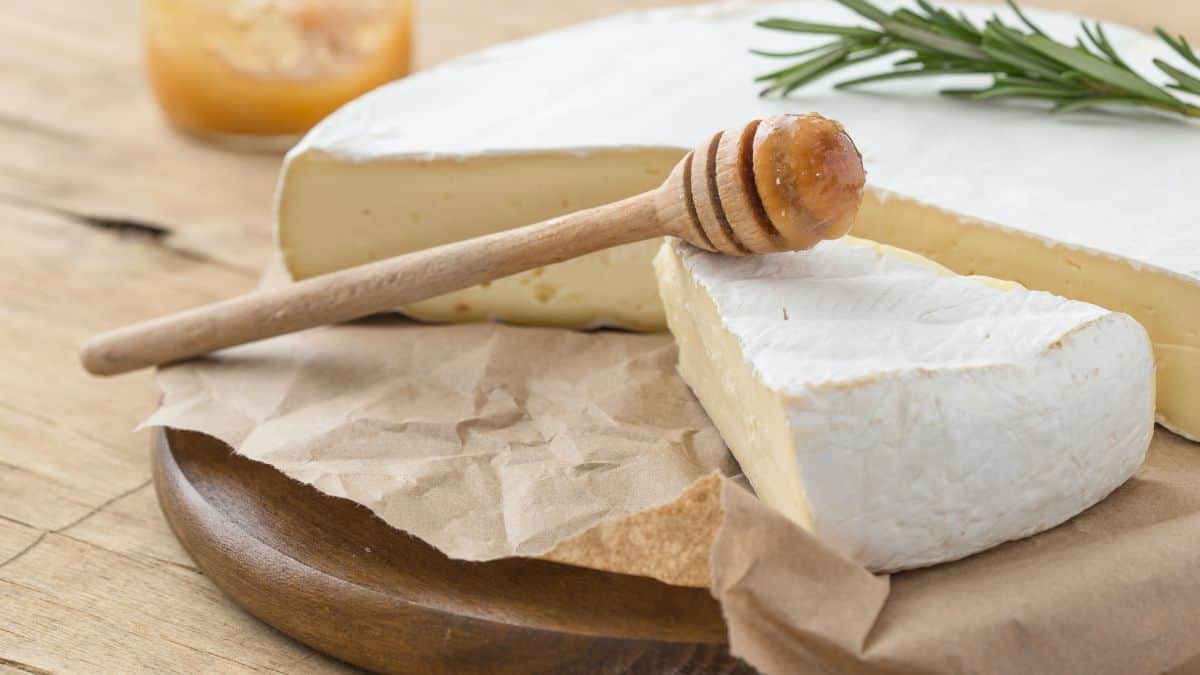
Aged cheeses, like Gruyere and gouda, and soft cheeses, such as brie, undergo fermentation that can introduce probiotics. Enjoy them on their own or as part of a cheese platter.


